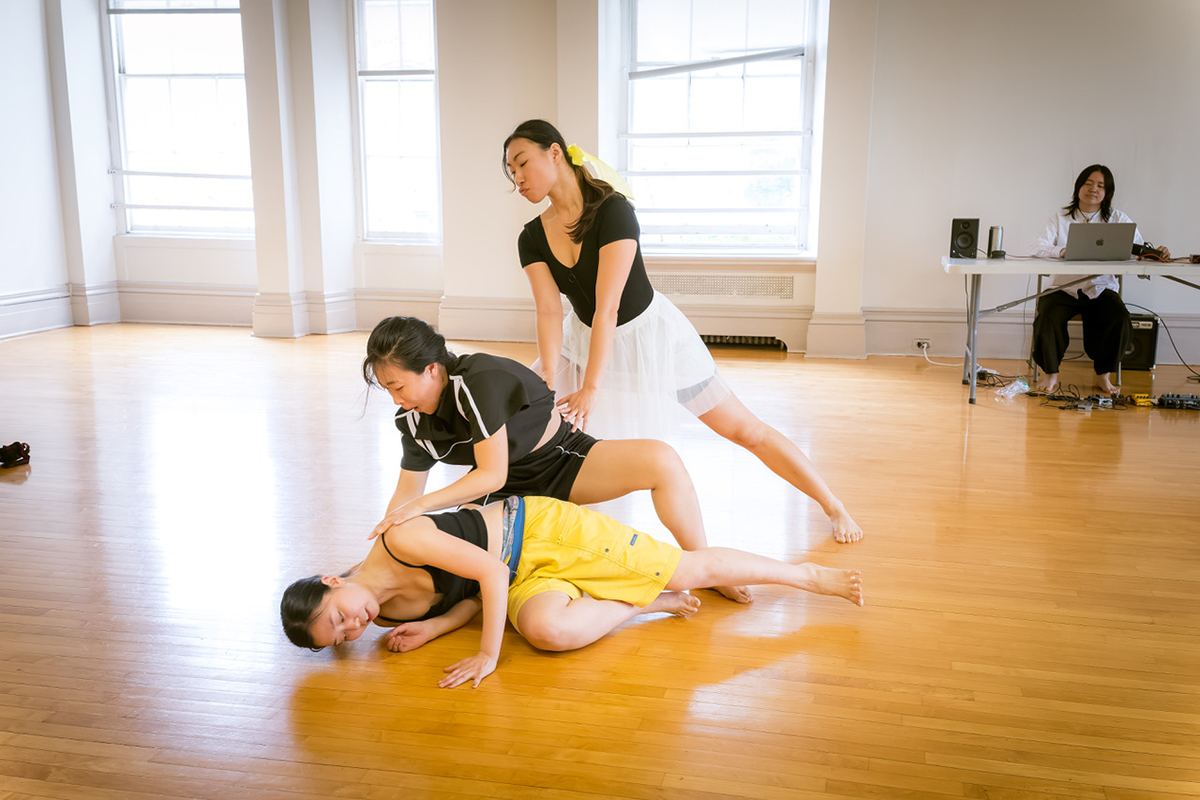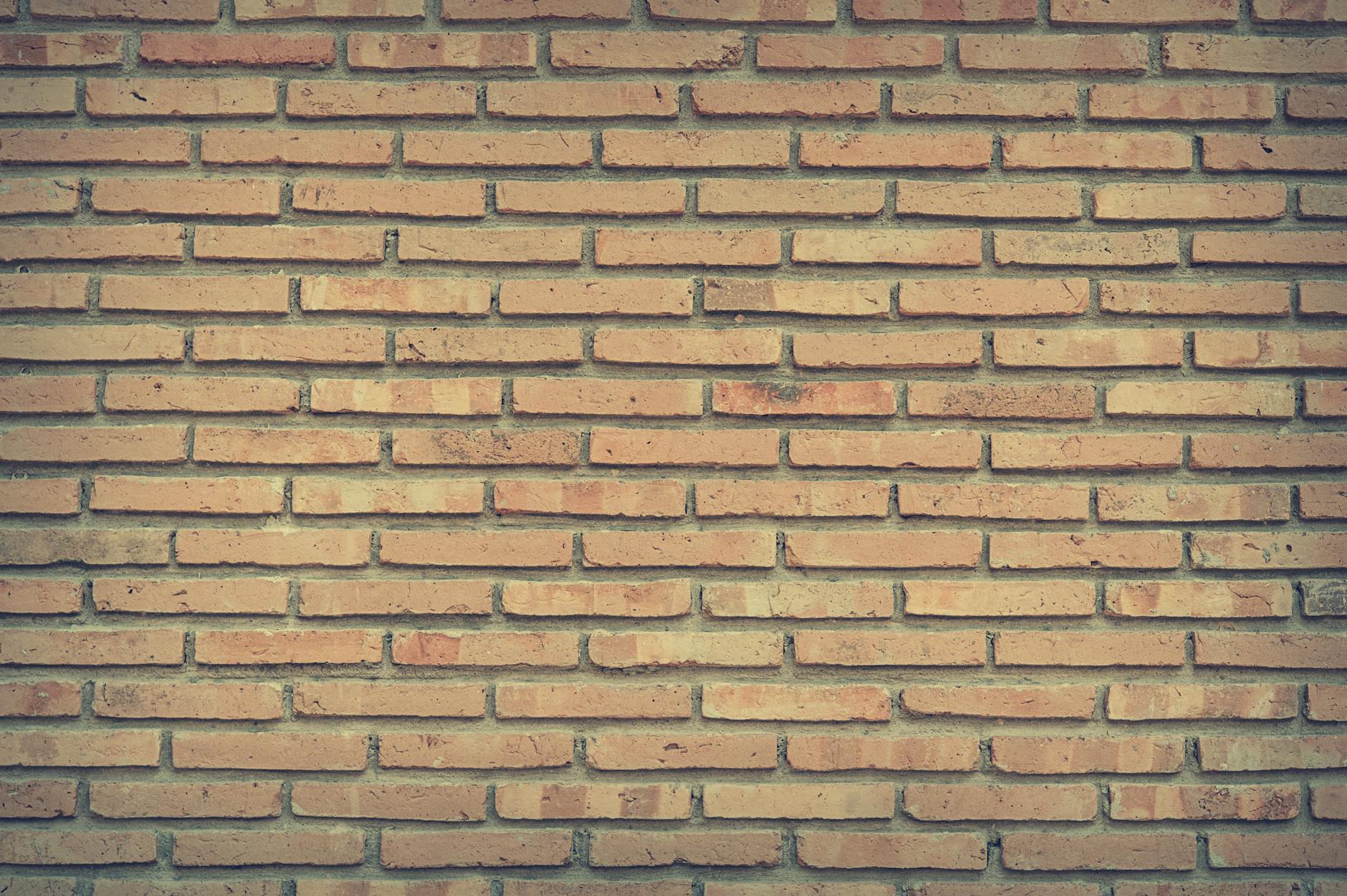Alex’s latest obsession is the Rubik’s Cube. Here are some hints for you, Alex:
Rubik’s Cube – how to solve the Cube or cheat. There are many sites around the Web that can give you detailed steps for solving Rubik’s cube, and many are very good. However, if you want a quick run down of the approach so you can still solve it yourself, our tips are included below. For more detailed solutions, use the meta search engine at the end of this page. By using the entered keywords, most of the sites in the top results offer excellent and diverse ways of solving the puzzle.
# Step 1: pick any of the sides and then get all the coloured squares on that face. Most beginners should have little problem with this step. Tip – in many combinations, one of the faces will have better positioned squares than the others. This is generally a good one to start with.
# Step 2: After the first face is complete, manipulate the top squares so that the first layer of colours matches the centre colour of the four adjacent sides. After completing the top layer for all 4 adjacent sides, you will have a cube that is starting to take shape. Counting the center square, each adjacent side will have at least 4 correctly positioned squares.
# Step 3: Solving the next layer is very quick and easy. Once you have learnt a few quick moves, you can flip all the edges into the right place.
# Step 4: Now you are down to the last layer. You will need the formulas for moving around the squares without disturbing the rest of the solved cube. In most Rubik’s Cube challenges, this layer takes longer than the rest of the cube. Many sites offer formulas for edge flips, corner twirls and other complex manoeuvres, so we are not going to repeat them here. BUT there is always one other option..
Here is a more advance tutorial from someone who won a championship named “Lars”:http://lar5.com/cube/:
The basic problem with the layer method is a big one, and it’s obvious once you realize it. When you have completed the first layer, you can do nothing without breaking it up. So you break it, do something useful, then restore it. Break it, do something, restore it. Again and again. In a good solution you do something useful all the time. The first layer is in the way of the solution, not a part of it!
* Step 1 – Build a 2x2x2 corner
* Step 2 – Expand to 2x2x3
* Step 3 – Twist the edges — 2, 4 or 6 bad edges
* Step 4 – Finish 2 layers — Step 4b tricks
* Step 5 – Position the corners — Complete Step 5+6 index
* Step 6 – Twist the corners — Complete Step 6+7 index
* Step 7 – Position the edges
* Practice – 13 example solutions
Published by
on
Hello,
I’m Rich & Co.

Welcome to Tongfamily, our cozy corner of the internet dedicated to all things technology and interesting. Here, we invite you to join us on a journey of tips, tricks, and traps. Let’s get geeky!
Let’s connect
Join the nerds!
Stay updated with our latest tutorials and ideas by joining our newsletter.




